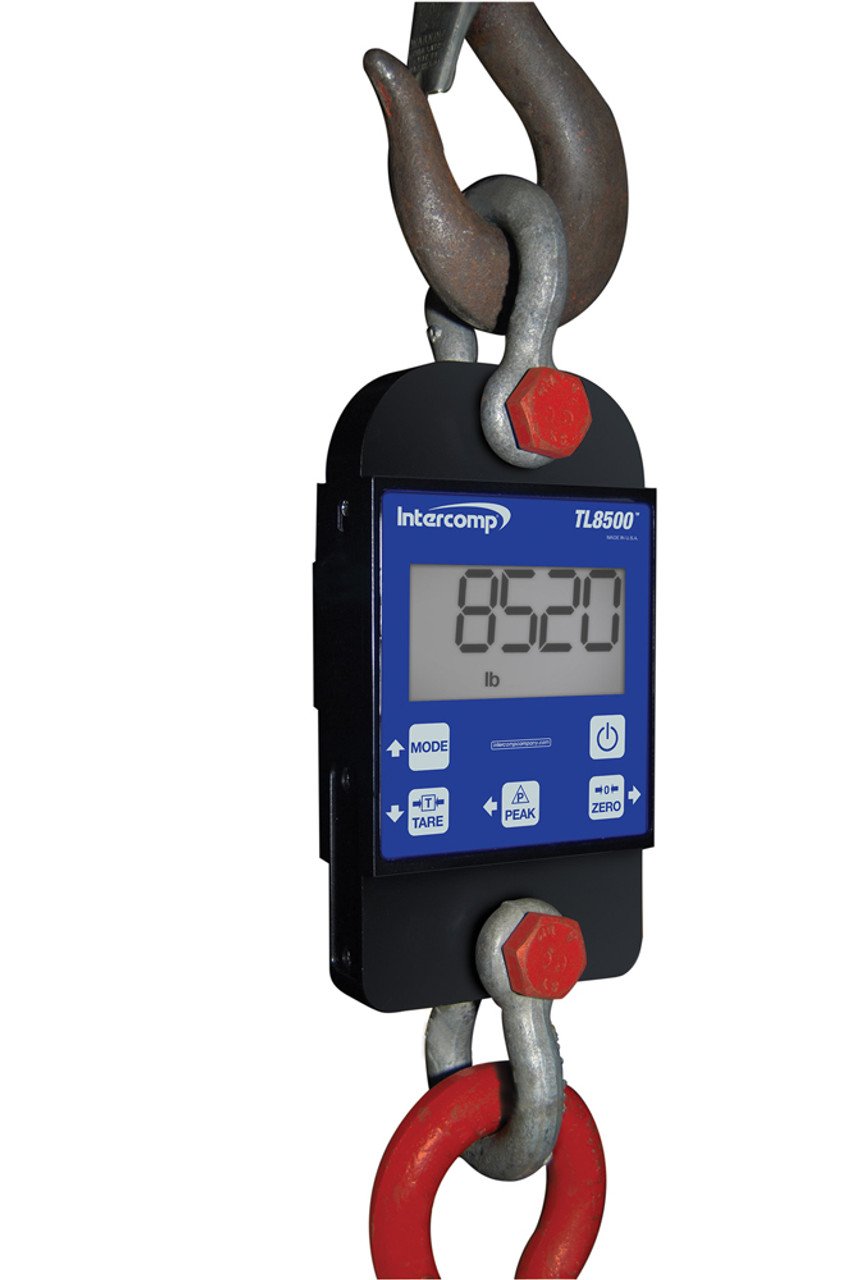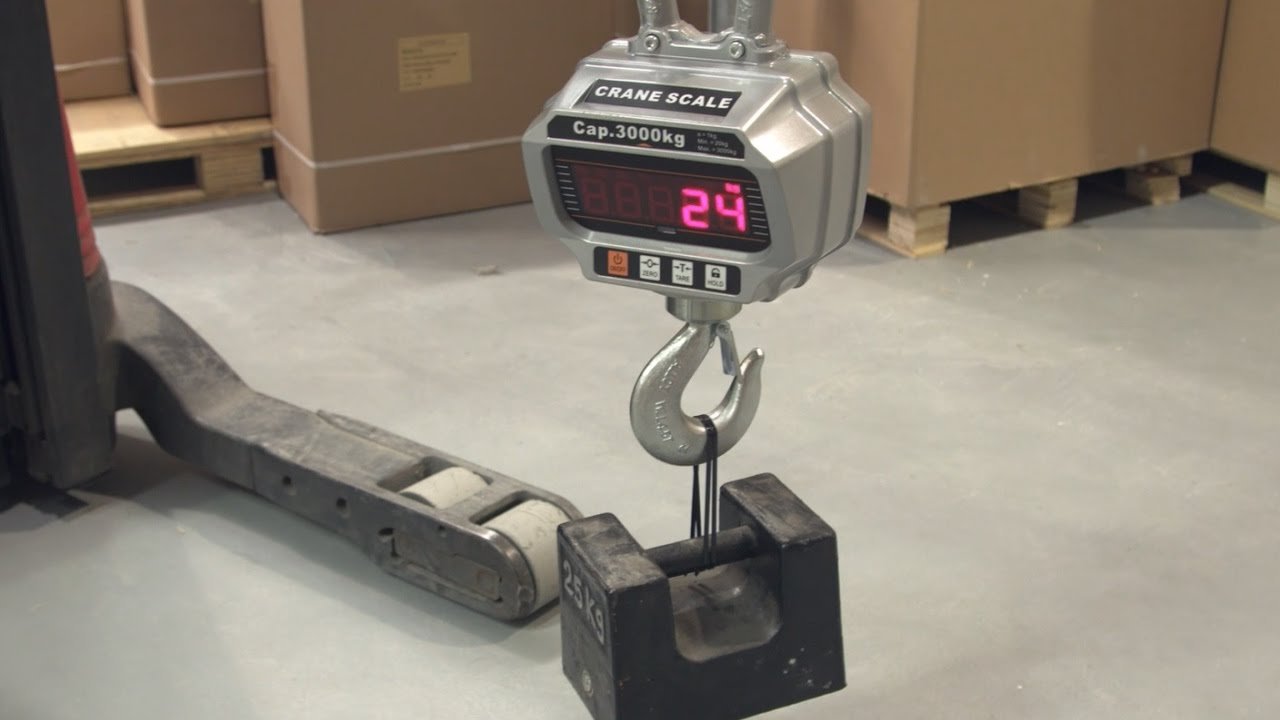Truck scales are vital to transportation, logistics, agriculture, and manufacturing industries. Accurate weight measurements are crucial for determining shipping costs, complying with regulations, preventing overloading, and ensuring fair trade practices. However, for truck scales to provide accurate readings, they must be regularly calibrated. Calibration is the process of adjusting the scale to ensure its measurements are in line with known standards. In this article, we delve into the intricate process of calibrating truck scales, exploring its significance, methods, and best practices.
The Significance of Calibrating Truck Scales
Calibrating truck scales is more than just a routine maintenance task; it's a critical aspect of ensuring operational accuracy, compliance, and safety. Accurate weight measurements are essential for:
Regulatory Compliance: Truck scales are subject to various regulations and standards imposed by governmental bodies. Non-compliance can lead to penalties, fines, or even legal action.
Preventing Overloading: Overloading trucks can lead to safety hazards, excessive wear and tear on vehicles, and damage to road infrastructure. Accurate weight measurements help prevent overloading.
Fair Trade Practices: In industries where goods are bought or sold based on weight, such as agriculture and mining, fair trade relies on accurate weight measurements.
Resource Management: Efficient use of resources, such as fuel and materials, relies on precise weight measurements.
The Calibration Process
Calibrating truck scales is a multi-step process that requires careful planning, specialized equipment, and adherence to industry standards. Here's a breakdown of the key steps involved:
Preparation: Before initiating the calibration process, it's essential to prepare adequately:
Gather Equipment: Collect the necessary tools, including certified test weights, calibration software (if applicable), and tools for adjustments.
Documentation: Review the scale's user manual, calibration guidelines, and any applicable regulations.
Safety Measures: Ensure safety protocols are in place, as calibration might require lifting heavy loads or working in proximity to moving vehicles.
Zero Adjustment: The first step is to bring the scale to its "zero" or "tare" state. This ensures that the scale reads zero when no load is present. If the scale doesn't show zero, adjustments might be needed.
Load Cell Testing: Load cells are the heart of a truck scale. They convert the weight of the vehicle into an electrical signal. Testing each load cell involves applying known weights and verifying that the scale's readings match the expected values. Load cell testing helps identify faulty cells that might require repair or replacement.
Corner Test: A corner test involves placing a certified test weight at each corner of the scale platform. This ensures that each load cell is functioning correctly and that weight is distributed evenly across the scale.
Linearity Test: The linearity test checks if the scale provides consistent readings across its entire range. This is done by applying different known weights and comparing the scale's readings to the expected values.
Adjustments: If discrepancies are detected during testing, adjustments are necessary. Modern truck scales often have digital calibration systems that allow for adjustments to be made electronically. Older scales might require manual adjustments using mechanical mechanisms.
Final Verification: After adjustments are made, the scale needs to be retested to ensure it now provides accurate readings. This involves repeating some or all of the tests mentioned above.
Documentation: Thorough documentation of the calibration process is crucial. Record the tests performed, the adjustments made, and the final verified measurements. This documentation serves as evidence of compliance and accuracy.
Best Practices for Calibrating Truck Scales
Regular Schedule: Establish a regular calibration schedule based on usage and manufacturer recommendations. High-traffic scales might require more frequent calibrations.
Certified Test Weights: Use certified test weights that have been calibrated by an accredited laboratory. These weights ensure the accuracy of your calibration process.
Trained Personnel: Calibration should be performed by trained technicians familiar with the specific scale model and the calibration process.
Environmental Conditions: Calibrate the scale in stable environmental conditions. Temperature changes, vibrations, and other external factors can affect measurements.
Record Keeping: Maintain a detailed record of each calibration, including dates, adjustments, and results. This history aids in tracking performance over time.
Quality Control: Implement a quality control process to validate the accuracy of the calibration process itself.
Calibration Labels: Attach a calibration label to the scale, indicating the date of the last calibration and the technician responsible.
Closing Words
Calibrating truck scales is a meticulous process that ensures accurate weight measurements, compliance with regulations, and the efficient operation of various industries. Regular calibration not only prevents legal and operational issues but also promotes fair trade practices and resource management. By following best practices and investing in the necessary equipment and training, organizations can maintain the integrity of their truck scales and uphold the standards that underpin their business operations.
At American Scale we strive to bring you informed and useful content on all things scale related. Be sure to check out our legal for trade truck scale system articles about truck scale foundation or how much do truck scales cost. We even have a guide to warranties. We also have articles on scale accessories, common problems to prolong your scales lifespan, weighing applications as well as what scale indicator works best with your junction box. To learn more about bench scales, it would be good to check out our other articles such as “Bench Scale Basics'' and “How Much Does A Bench Scale Cost?”. These articles will help with the basics of bench scale ownership.






